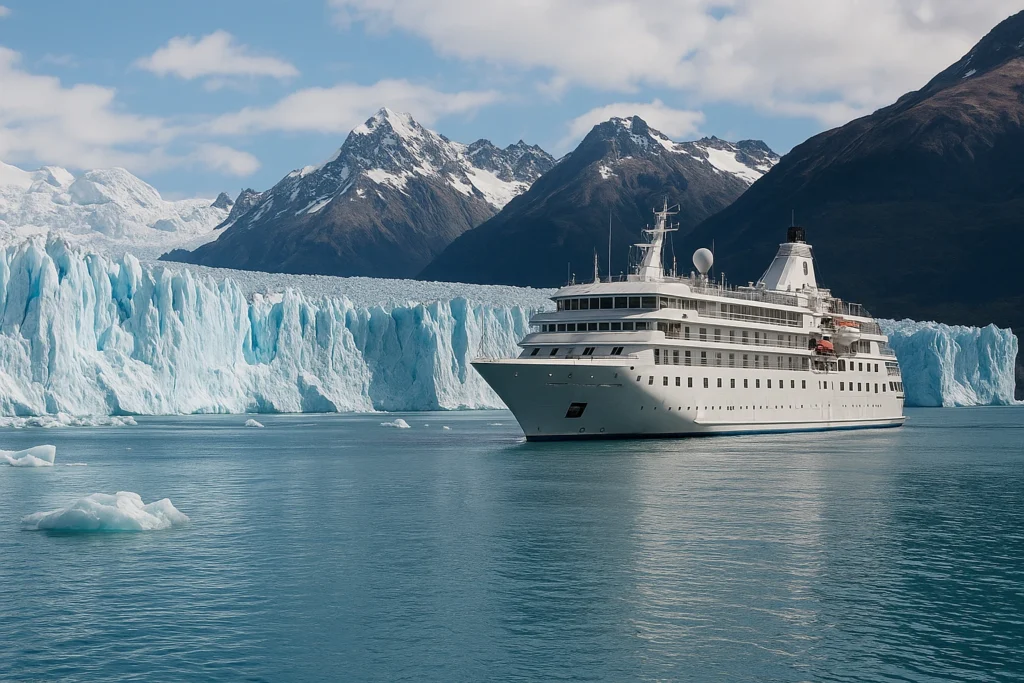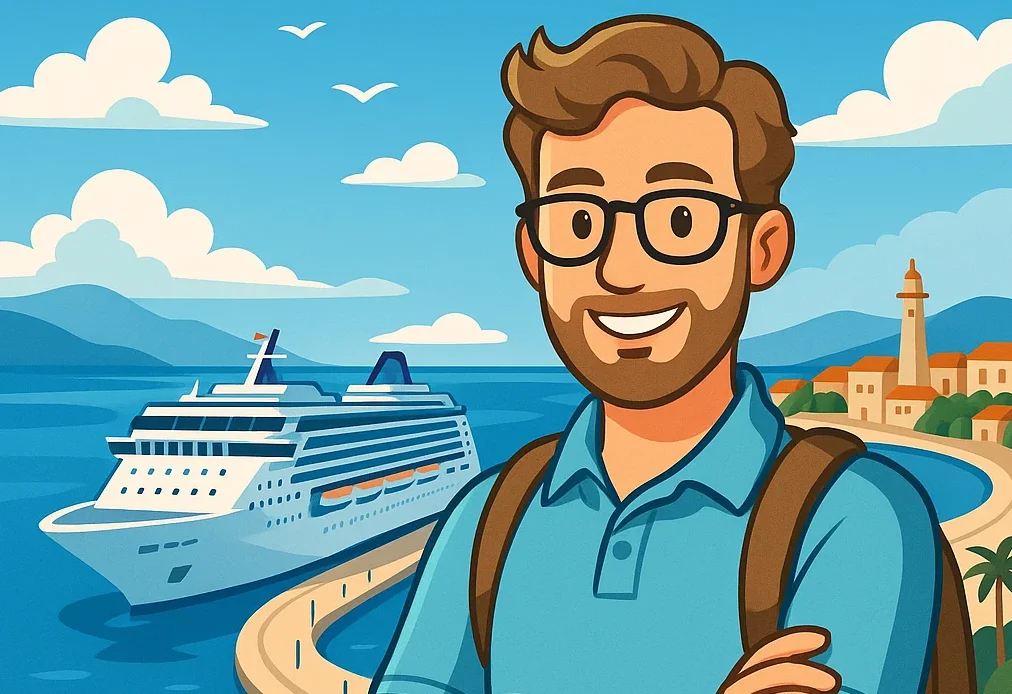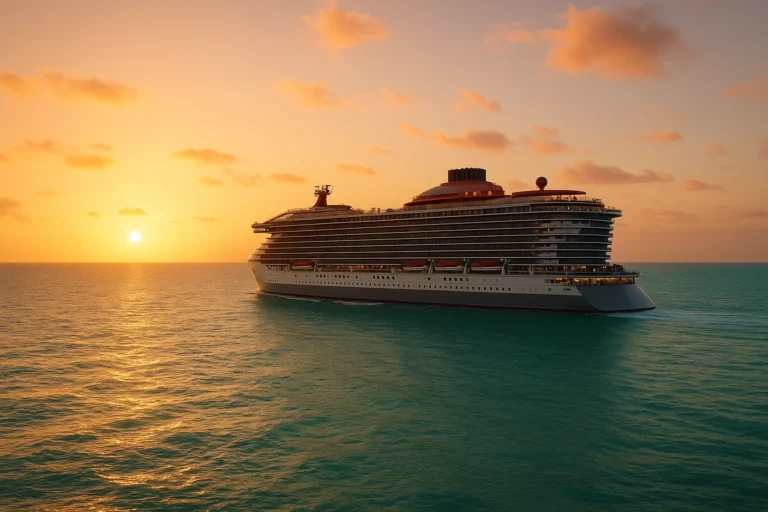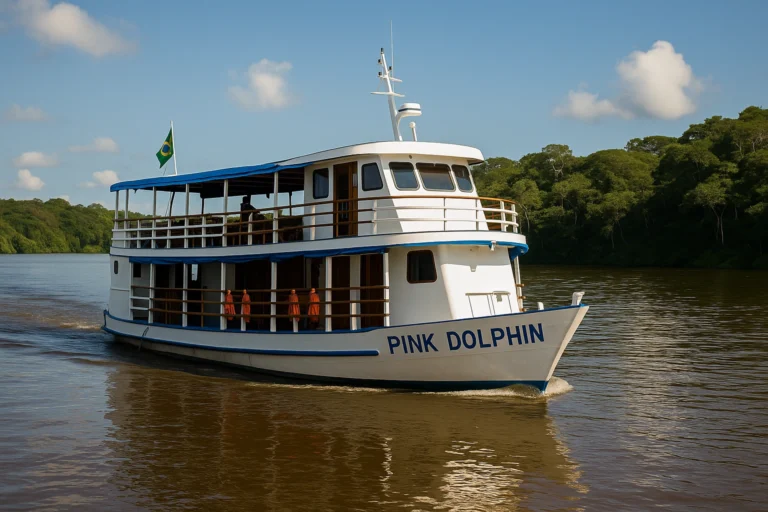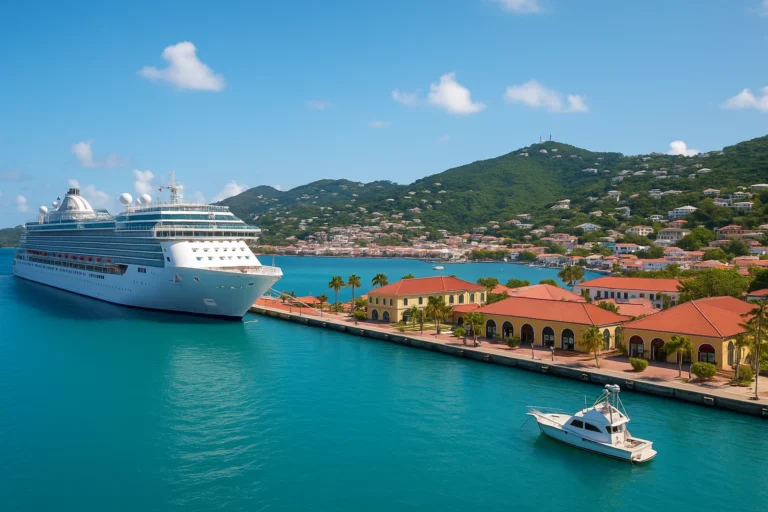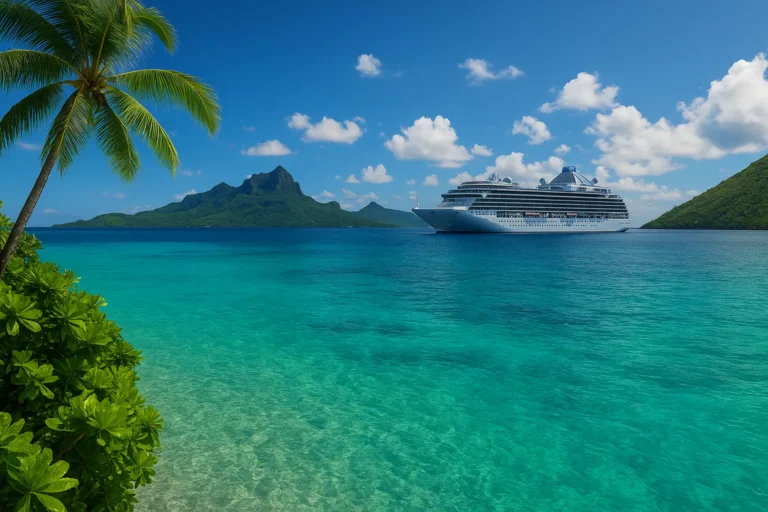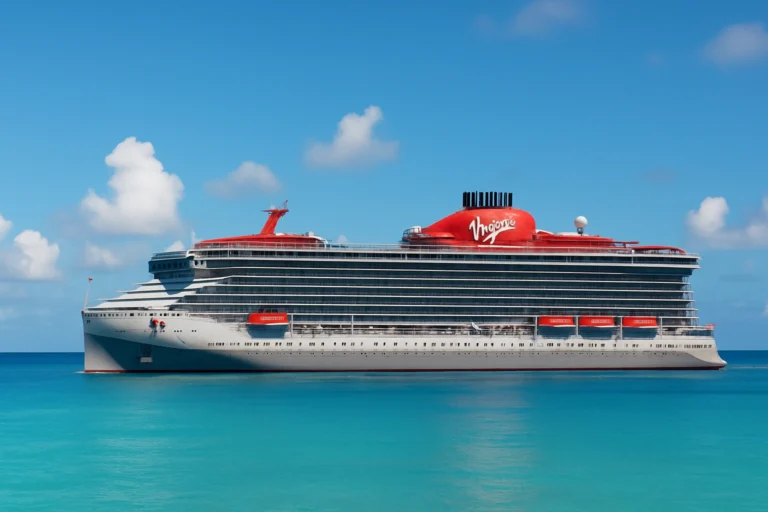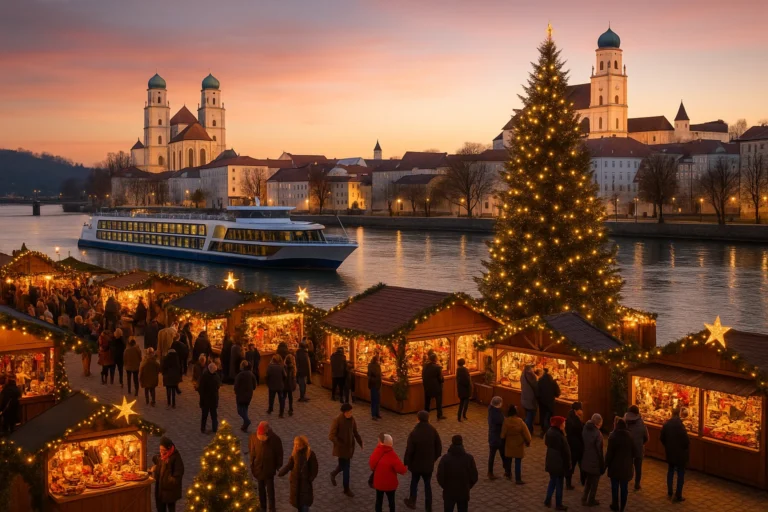Best Time to Cruise Patagonia: Glaciers & Wildlife Guide
🚢Patagonia Cruise Seasons: Glaciers, Wildlife & Your Ideal Itinerary
Cruising Patagonia is an unparalleled adventure, a journey through a land of dramatic glaciers, towering peaks, and abundant wildlife at the “End of the World.” This wild and majestic region, spanning the southern tips of Chile and Argentina, offers breathtaking landscapes and unique ecological encounters. But to truly maximize your experience, knowing the **best time to cruise Patagonia** is crucial. This comprehensive guide will delve into the seasonal nuances, highlight optimal periods for glacier viewing and wildlife spotting, and provide essential tips to help you plan your unforgettable Patagonian voyage.
💡 Expert Tip: Embrace the Shoulder Seasons!
While peak summer offers the warmest weather, the shoulder seasons (late spring and early autumn) often provide a fantastic balance of fewer crowds, competitive pricing, and excellent opportunities for wildlife viewing and stunning photography due to unique light conditions. This can often be the **best time to cruise Patagonia** for value and experience.
🗓️ Understanding Patagonia’s Seasons: When to Go
Patagonia’s climate is notoriously unpredictable, often described as experiencing “four seasons in one day.” However, there are distinct seasonal patterns that influence cruising conditions and wildlife activity.
1. Austral Summer (December – February): Peak Season
This is generally considered the **best time to cruise Patagonia** for most visitors. It offers the warmest temperatures, longest daylight hours (up to 16-18 hours), and the most stable weather, making it ideal for navigating fjords and accessing remote areas. Cruising options are abundant.
- **Pros:** Warmest temperatures, longest daylight, highest frequency of cruises, best access to land excursions.
- **Cons:** Peak prices, highest crowds, especially around popular sites like Torres del Paine. Strong winds (known as the “Winds of Patagonia”) can still be a factor.
- **Wildlife:** Excellent for marine wildlife (whales, dolphins, seals) and nesting birds (penguins, cormorants).
2. Austral Shoulder Seasons (October – November & March – April): Excellent Value & Fewer Crowds
These periods offer a compelling alternative to peak summer, balancing good weather with fewer tourists and often better pricing. Many consider these months the **best time to cruise Patagonia** for a more intimate experience.
- **October – November (Spring):** Wildflowers bloom, wildlife is active (nesting birds, seal pups). Temperatures are milder, but still cooler than summer.
- **March – April (Autumn):** Fall foliage provides stunning photography opportunities, especially in the national parks. Wildlife activity is still high before winter. Temperatures begin to drop.
- **Pros:** Fewer crowds, better prices, unique photographic opportunities (spring bloom, fall colors), active wildlife.
- **Cons:** Cooler temperatures, potentially more variable weather than mid-summer, some facilities might have reduced hours early/late in the season.
- **Wildlife:** Fantastic for migratory birds (penguins arriving/departing), seals, and land animals as they prepare for winter.
3. Austral Winter (May – September): Limited Cruising
Winter in Patagonia is cold, with significant snowfall and shorter daylight hours. Most cruise operations cease during this period due to challenging weather conditions and limited accessibility to many sites.
- **Pros:** Absolute solitude, truly pristine snow-covered landscapes for adventurers willing to brave the cold.
- **Cons:** Very cold, very short daylight, most cruise routes are closed, limited excursions, unpredictable weather can lead to cancellations.
- **Wildlife:** Limited, primarily hardy resident species.
🐧 Wildlife Viewing: What to Expect Season by Season
Patagonia is a haven for unique wildlife, and the time of year can significantly impact your viewing opportunities.
- **Spring (Oct-Nov):** Many bird species return and begin nesting, including penguins and cormorants. Seal pups are born. Land animals are active.
- **Summer (Dec-Feb):** Peak viewing for almost all species. Penguins are abundant (chicks begin to hatch). Whales (humpbacks, orcas) are frequently sighted in feeding grounds. Sea lions and seals are numerous.
- **Autumn (Mar-Apr):** Penguins and migratory birds begin to depart. Land animals are still active, often with young. Fewer whales are sighted as they move north.
📸 Photography Tip: Golden Hour in Shoulder Seasons!
The lower angle of the sun in spring and autumn creates incredible soft light, perfect for landscape and wildlife photography, often making it the **best time to cruise Patagonia** for photographers.
⛰️ Glacier Viewing: Accessibility and Conditions
Glaciers are a year-round spectacle in Patagonia, but accessibility varies.
- **Summer (Dec-Feb):** Optimal conditions for navigating fjords and getting close to glaciers (e.g., Perito Moreno, Grey Glacier). Ice calving (when ice breaks off) is more frequent due to warmer temperatures.
- **Shoulder Seasons (Oct-Nov & Mar-Apr):** Good visibility and access. Conditions are generally stable enough for most glacier excursions, though it can be colder.
🎒 Packing Essentials & Weather Considerations
Regardless of when you cruise Patagonia, it’s essential to pack for all types of weather. The key is **layers**.
- **Outer Layer:** Waterproof and windproof jacket.
- **Mid-Layer:** Fleece or warm sweater for insulation.
- **Base Layer:** Moisture-wicking long-sleeve shirts.
- **Bottoms:** Waterproof pants are highly recommended for excursions.
- **Footwear:** Waterproof hiking boots with good grip.
- **Accessories:** Warm hat, gloves, scarf, sunglasses, high-SPF sunscreen (even on cloudy days, UV is strong), and insect repellent.
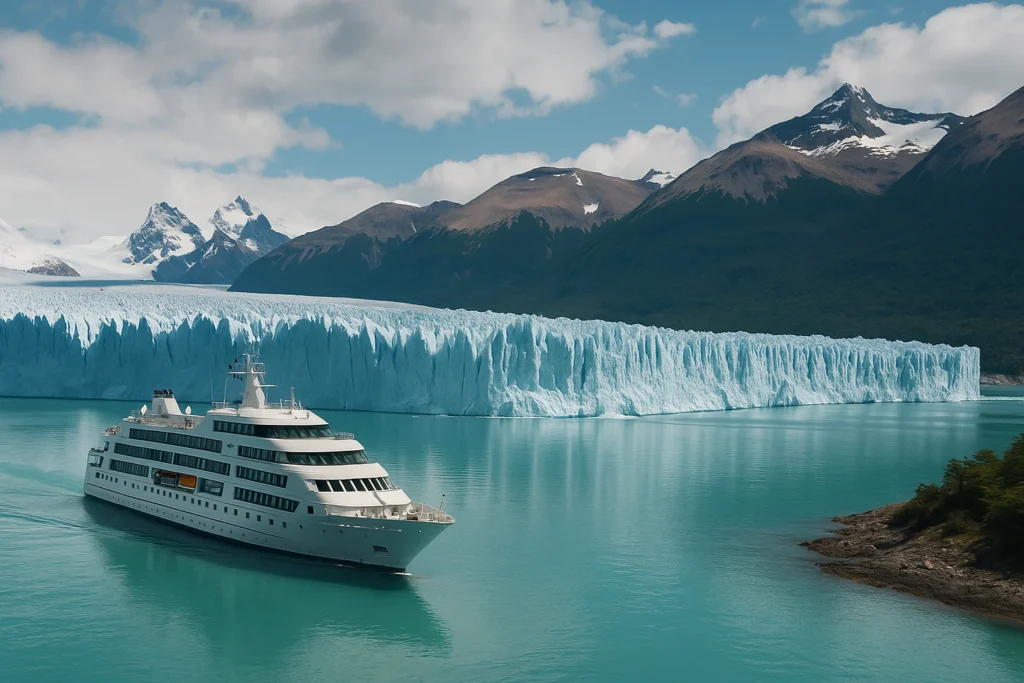
❓ Frequently Asked Questions (FAQ) about Cruising Patagonia
What is the absolute best month for a Patagonia cruise?
While subjective, **January and February** are often cited as the “best” months due to the warmest weather and longest daylight hours, maximizing time for excursions and sightseeing. However, consider the shoulder seasons (Nov, Mar) for fewer crowds.
Are Patagonia cruises rough?
The waters can be unpredictable, especially around Cape Horn. Modern cruise ships are designed to handle rough seas, but some passengers may experience motion sickness. Choosing a larger ship or cruising during the calmest months (peak summer) might help, but be prepared for potential choppiness.
Do I need a passport for a Patagonia cruise?
Yes, even if you are a citizen of a country that normally does not require a passport for land travel to Argentina or Chile, **a valid passport is almost always required for international cruises**, as you will be entering and exiting multiple countries. Check specific visa requirements based on your nationality.
🔚 Conclusion: Charting Your Patagonian Dream
Choosing the **best time to cruise Patagonia** is a key decision that will shape your overall experience. While Austral Summer offers ideal weather and accessibility, the shoulder seasons provide unique advantages for photographers, wildlife enthusiasts, and those seeking a more serene journey. Regardless of when you choose to set sail, Patagonia promises a journey of unparalleled natural beauty, incredible wildlife encounters, and memories that will last a lifetime. Pack wisely, prepare for adventure, and get ready to be awestruck by one of the world’s most spectacular destinations.


